
How Do I Get Rock Hard Abs?
Dec 27, 2017 mindpumpAbs. We all want ‘em, but hardly ANYONE has visible abs. Why is that? Are they truly that hard to achieve?
Not at all. The problem is, most people take the wrong approach to getting abs. Endless crunches and some cardio aren’t the solution. A shredded midsection requires proper ab training and MORE IMPORTANTLY proper diet.
Diet
The problem for most people isn’t underdeveloped ab muscles, it’s the layer of fat covering them. Train your ab muscles all you want, they’ll always be invisible if the fat layer is too thick.
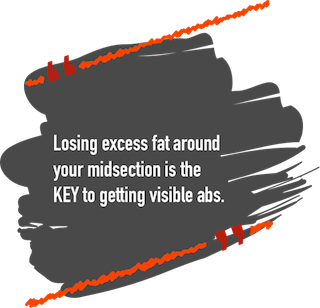
The fitness industry makes losing fat seem like a complicated process, but it’s really quite simple. You don’t need to follow keto, paleo, or any other diet. They all lead to fat loss through one basic principle:
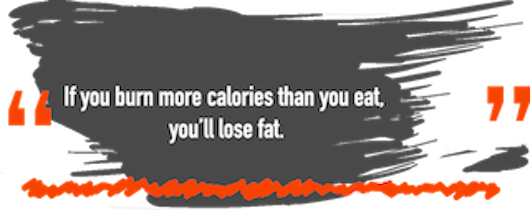
This is known as a CALORIE DEFICIT. Sound WAY too simple? Good. Let’s not overcomplicate this, it’s easy.
Fat Loss Basics
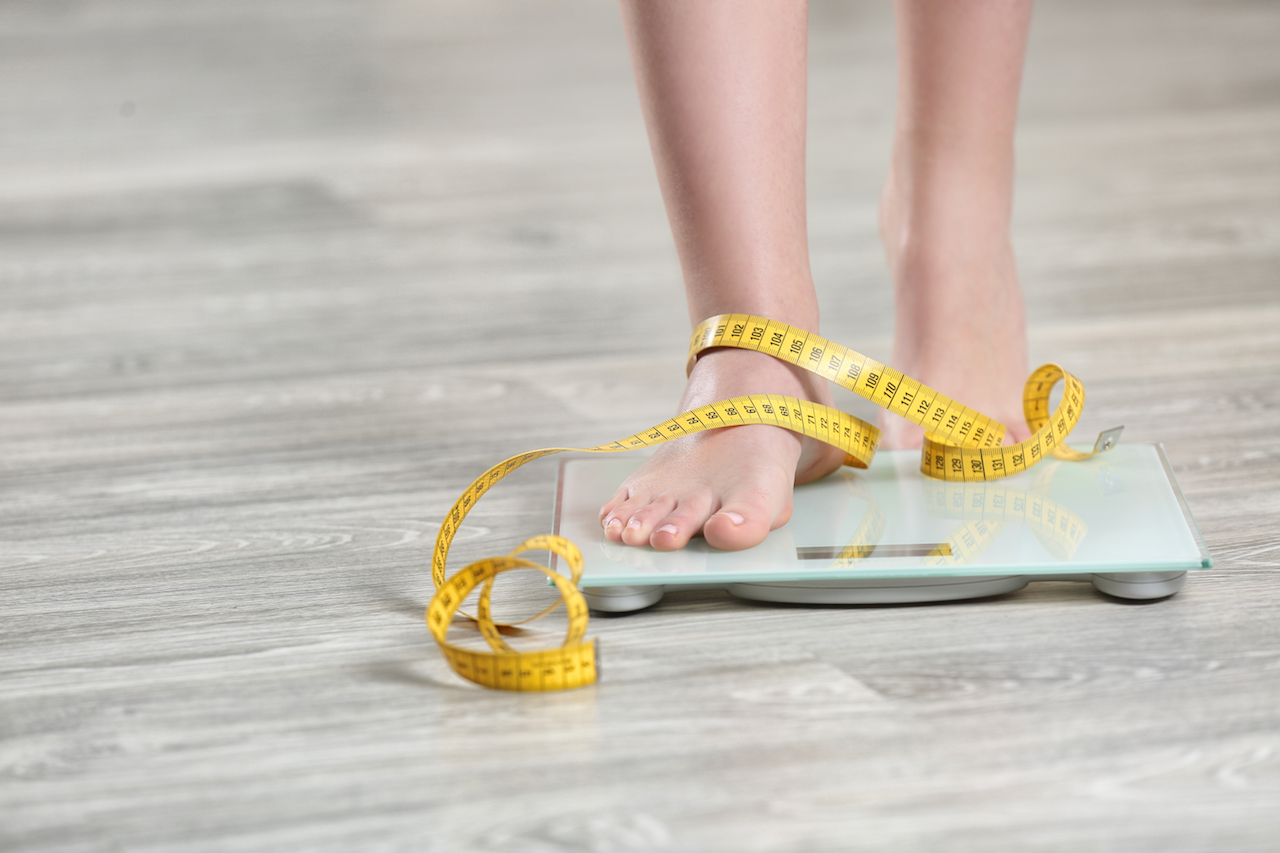
One pound of body fat is equal to 3,500 calories.
To lose one pound of bodyfat in a week, you need to eat 3,500 calories less than your weekly maintenance calories (the amount of calories you need to maintain your body’s current weight/mass). So, if you ate 500 calories less than usual every day for 7 days, you should have lost about a pound of fat. (500 x 7 = 3,500)
If you don’t know your maintenance calories, get a rough estimate here. I highly recommend starting in the 300-500 calories below maintenance range.
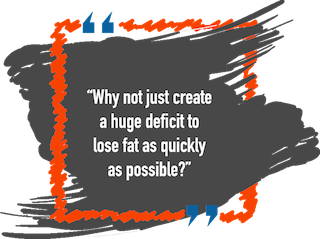
Your body adapts to all things. When your calorie intake dips too low, your body tells your metabolism to adapt by slowing down. A slowed metabolism means slowed fat loss. This can lead to a nasty rebound after your fat loss phase is over, and months of trying to repair your damaged metabolism.
Extreme calorie deficits also force your body to turn to your hard-earned muscles as an alternate source of fuel. Muscle is extremely important for getting and staying lean. The more muscle you have, the more calories consumed go towards maintaining said muscle, while fewer go towards being stored as body fat.
Adjusting Calories

At the beginning of your fat loss phase, simply subtracting 500 calories from your maintenance levels should be adequate for good results. As time goes on, things will need to be tweaked to continue to see results.
Ideal fat loss will lead to .5-1lb of weight lost a week. Averaging over 2 lbs lost per week can lead to drastic loss of muscle mass and a slowed metabolism.
- If, after two weeks of being in a calorie deficit, you’ve lost 1-2 lbs, or your body measurements have decreased, don’t change anything, you’re on the right track.
- If weight isn’t changing, but you’re noticeably leaner or body measurements have decreased, DON’T reduce calories.
- If your weight and body measurements stayed the same, reduce weekly calories by 3-5%.
- If you gained weight, reduce weekly calories by 5-10%.
- Repeat this process until you reach your goal, or feel you need a diet break.
Training

Getting and staying lean is hard work, and isn’t realistic for most of us to maintain year round. Although you always need to be somewhat lean for abs to show, thick, well developed abs will show at higher bodyfat percentages. This allows you to enjoy life (and food) a bit more, while maintaining visible abs.
Most have poorly developed abs due to incorrect training.
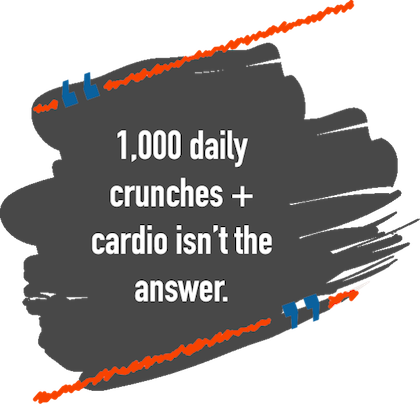
The BEST way to train abs is like you would any other part of your body: in phases, with low to moderate rep ranges. Apply the same principles here.
For more on why FREQUENCY is so important:
Movements

When training abs, no need to get too crazy with tons of different movements. Choose 2-3 basic movements:
One with lower body fixed, pulling the upper body towards the lower (i.e. crunching). You’ll feel these more in the upper part of your abs.
One with upper body fixed, pulling the lower body towards the upper (i.e. leg raises). You’ll feel these more in the lower part of the abs.
Add in a rotational (if you have a healthy back) or anti-rotational exercise for oblique focus and INJURY PREVENTION. For more on the importance of anti-rotation training, check out this YouTube series:
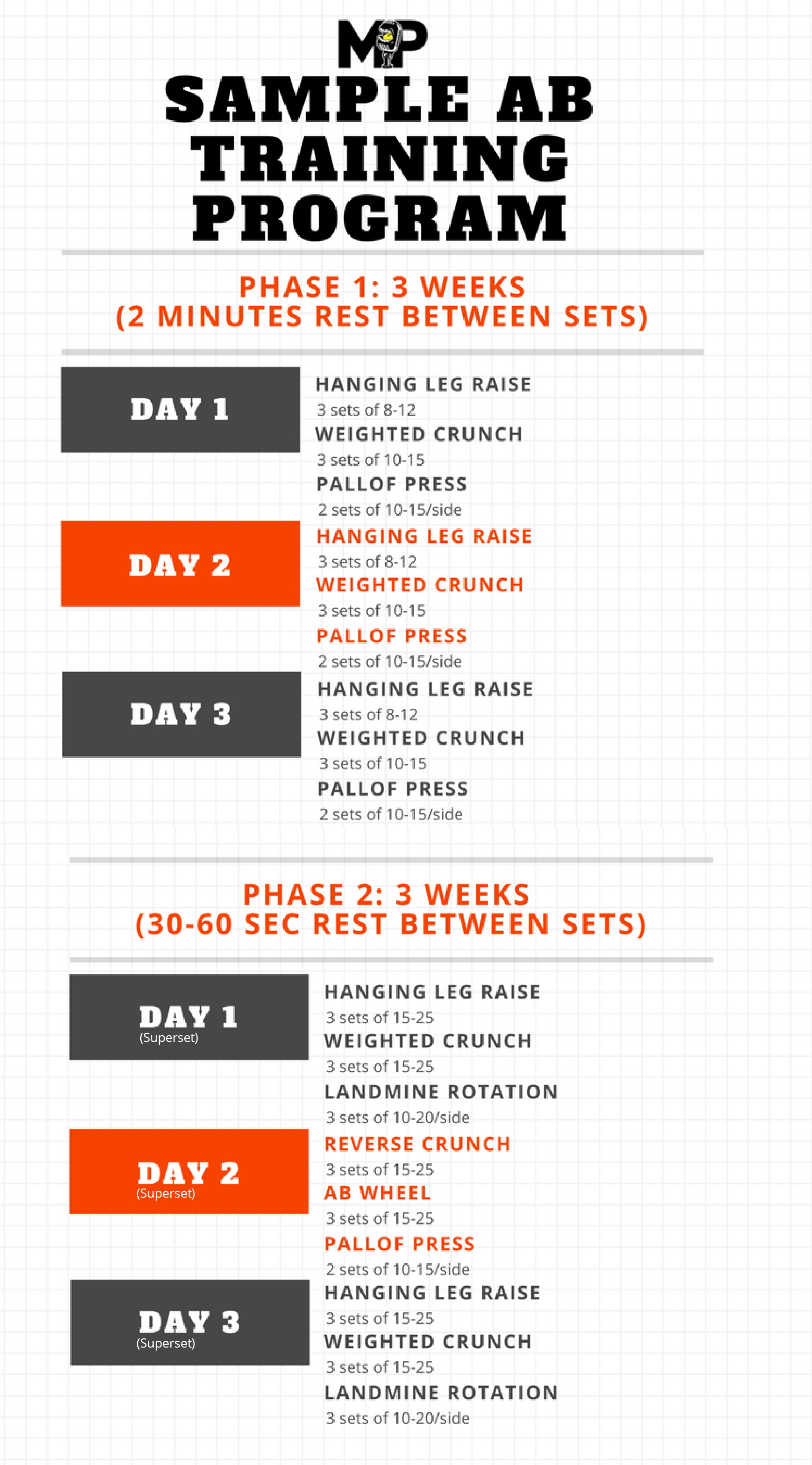
Getting rock hard abs isn’t as unrealistic as you might think. Don’t overcomplicate things. Focus on staying in a calorie deficit, train your abs frequently in low to moderate rep ranges, and BE PATIENT.







